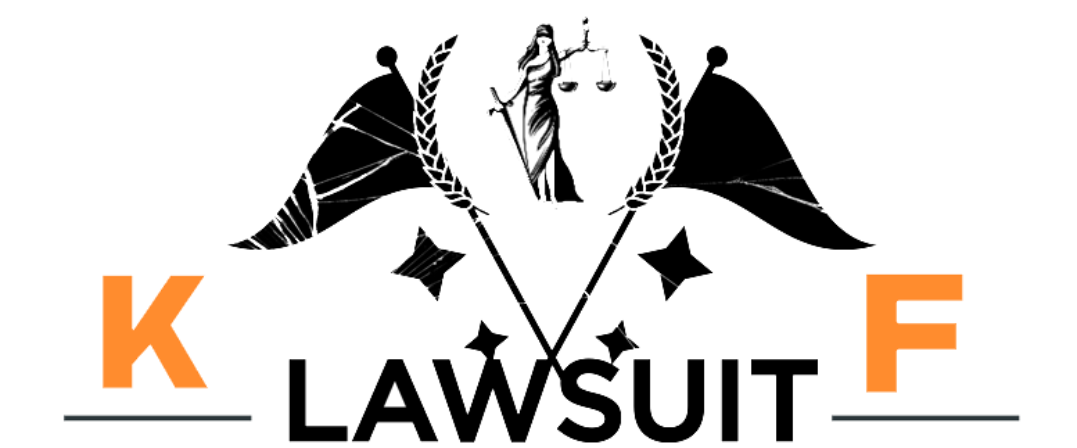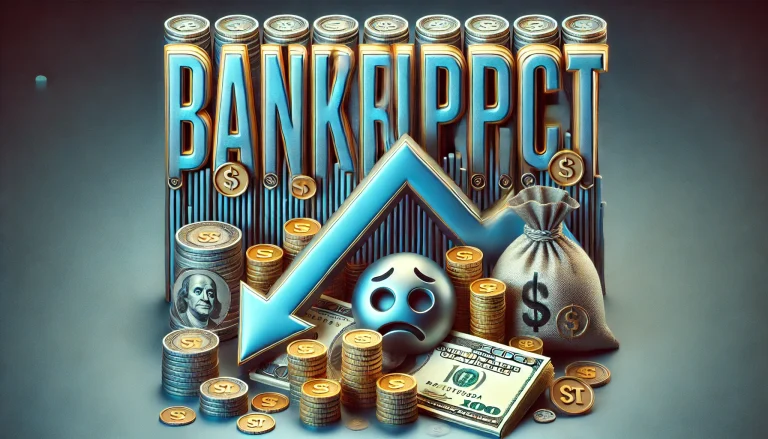Bankruptcy is a legal process that provides individuals and businesses overwhelmed with debt a way to start fresh by discharging or reorganizing their obligations. Though often viewed as a last resort, bank ruptcy can be a powerful tool for achieving financial recovery and stability. In this comprehensive guide, we’ll break down the key aspects of bank ruptcy, explaining the process, types, eligibility, benefits, drawbacks, and how to rebuild after filing.
What is Bankruptcy?
Bankruptcy is a legal remedy that helps individuals and businesses that cannot pay their debts. It is governed by federal law in the United States, specifically the U.S. Bankruptcy Code. Filing for bank ruptcy allows debtors to either liquidate their assets to pay creditors or create a repayment plan that helps manage debts. Once the bank ruptcy is complete, most remaining debts are discharged, meaning the debtor is no longer legally required to pay them.
Types of Bankruptcy
There are several types of bank ruptcy filings, each tailored to different situations. The most common types include:
- Chapter 7 Bankruptcy (Liquidation): This is the most common form of bank ruptcy for individuals. In Chapter 7, the court appoints a trustee to liquidate the debtor’s non-exempt assets and use the proceeds to pay creditors. Certain assets, like a primary home or personal items, may be protected under exemption laws. Remaining eligible debts are discharged.
- Chapter 13 Bankruptcy (Repayment Plan): Chapter 13 allows individuals with regular income to keep their assets and repay their debts over three to five years according to a court-approved plan. This option is often used by those who want to avoid foreclosure or repossession of property.
- Chapter 11 Bankruptcy (Business Reorganization): Primarily used by businesses, Chapter 11 allows for the reorganization of debts while keeping the business operational. It’s a more complex and costly option, but it helps businesses regain profitability while managing their debt.
- Chapter 12 Bankruptcy (Family Farmers and Fishermen): This is similar to Chapter 13 but designed specifically for family farmers and fishermen, allowing them to repay their debts through a court-approved plan.
Who is Eligible for Bankruptcy?
Eligibility for bankruptcy varies depending on the type of filing:
- Chapter 7 Eligibility: Debtors must pass a means test, which evaluates their income and expenses. Your eligibility is probably based on your income being below the state median. Those who fail the means test may need to file for Chapter 13 instead.
- Chapter 13 Eligibility: To file for Chapter 13, the debtor must have a regular source of income and must have unsecured debts (like credit card debt) below $2,750,000.
- Chapter 11 and 12 Eligibility: Chapter 11 is typically for businesses, while Chapter 12 is only for family farmers and fishermen with regular annual income.
The Bankruptcy Filing Process
Filing for bankruptcy involves several steps:
- Pre-bankruptcy Credit Counseling: Before filing, debtors must attend a credit counseling session with an approved agency.
- Filing the Petition: The debtor must file a petition with the bank ruptcy court, including detailed information about their debts, assets, income, and financial affairs.
- Automatic Stay: Upon filing, an automatic stay is issued, which halts most collection efforts, including wage garnishments, lawsuits, and harassing calls from creditors.
- Meeting of Creditors: A trustee will be appointed, and the debtor must attend a meeting where creditors can ask questions about the debtor’s finances.
- Completion of Financial Management Course: Debtors must complete a debtor education course before their debts can be discharged.
- Discharge of Debts: Once the bank ruptcy is complete, the court discharges eligible debts, relieving the debtor of their obligation to repay.
What Debts Can Be Discharged?
Not all debts can be discharged in bankruptcy. Examples of debts that may be discharged include the following:
- Credit card debts
- Medical bills
- Personal loans
- Utility bills
- Some court judgments
However, certain debts cannot be discharged, including:
- Student debts, unless there are exceptional circumstances
- Child support and alimony
- Most tax debts
- Criminal fines and restitution
The Impact of Bankruptcy on Your Credit
Your credit score will suffer significantly if you file for bankruptcy. A Chapter 7 bank ruptcy can remain on your credit report for up to 10 years, while a Chapter 13 bank ruptcy remains for up to 7 years. However, as time passes and debts are discharged, the effect diminishes, and you can begin rebuilding your credit.
Benefits of Filing for Bankruptcy
Despite the negative aspects, bankruptcy can offer several benefits:
- Debt Relief: Bankruptcy provides immediate relief from overwhelming debt and collection efforts.
- Protection of Assets: Depending on the type of bank ruptcy, you may be able to keep important assets like your home and car.
- Fresh Start: After bank ruptcy, discharged debts are no longer your responsibility, offering a chance to rebuild your financial life without the burden of past debts.
Drawbacks of Filing for Bankruptcy
There are also significant drawbacks to consider:
- Credit Damage: Bankruptcy severely damages your credit score and will remain on your credit report for years.
- Loss of Assets: In Chapter 7 bank ruptcy, non-exempt assets may be liquidated to pay creditors.
- Cost: Filing for bank ruptcy can be expensive, with filing fees and attorney costs often amounting to several thousand dollars.
- Public Record: Bank ruptcy filings are part of the public record, meaning that your financial situation will be accessible to others.
Rebuilding After Bankruptcy
Although bankruptcy can feel like a financial setback, it’s possible to rebuild your financial life after filing. Here’s how:
- Create a Budget: Start by tracking your income and expenses to build a realistic budget.
- Establish an Emergency Fund: Save for emergencies to avoid relying on credit in the future.
- Rebuild Your Credit: Consider applying for a secured credit card and making small, regular payments to slowly rebuild your credit score.
- Monitor Your Credit Report: Keep an eye on your credit report to ensure there are no errors and to track your progress as you rebuild.
Alternatives to Bankruptcy
Bankruptcy is not the only solution for dealing with overwhelming debt. Alternatives include:
- Debt Settlement: Negotiating with creditors to pay a reduced amount.
- Debt Consolidation: Combining multiple debts into a single loan with a lower interest rate.
- Credit Counseling: Working with a credit counselor to develop a repayment plan and avoid bank ruptcy.
Conclusion
Bankruptcy is a complex legal process that offers both relief and challenges. It’s not a decision to be taken lightly, but for those drowning in debt, it can provide a path to financial recovery. Understanding the types of bank ruptcy, eligibility, and the potential impact on your financial future is crucial before filing. By carefully considering your options and taking steps to rebuild after bank ruptcy, you can move forward toward a stable financial future


